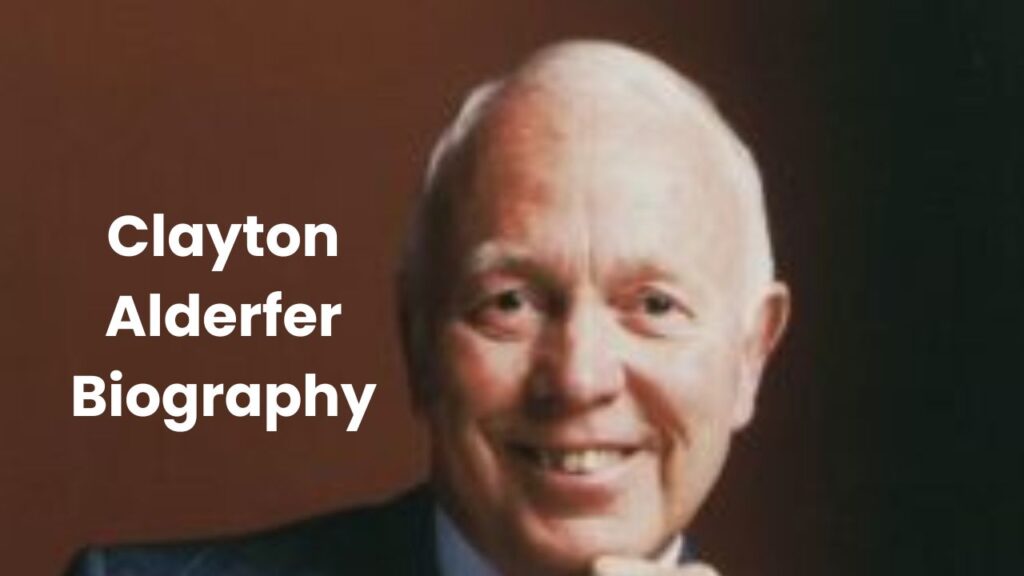(Clayton Alderfer Biography, Age, wiki, Husband, Family, Children, Name, Date of Birth, Height, Career, Nick Name, Net Worth)
Contents
Clayton Alderfer Biography

Clayton Paul Alderfer (September 1, 1940 – October 30, 2015) was a renowned American psychologist and consultant best known for his ERG theory. He expanded Abraham Maslow’s hierarchy of needs into three simplified categories: Existence, Relatedness, and Growth. His work significantly influenced organizational psychology and group dynamics.
Early Life and Education
Born in Sellersville, Pennsylvania, Alderfer pursued his passion for psychology at Yale University, earning a BA in 1962 and a PhD in 1966. Later, in 1977, he achieved certification from the American Board of Professional Psychology (ABPP), highlighting his expertise in the field.
Career Highlights
After completing his studies, Alderfer began teaching at Cornell University in 1966. Two years later, he returned to Yale, where he worked as a researcher, lecturer, and program director for over two decades. From 1992 to 2004, he directed the Organizational Psychology program at Rutgers University. Later, he founded his consultancy firm, contributing further to psychology.
Contributions to Psychology
ERG Theory
Alderfer’s ERG theory refined Maslow’s hierarchy of needs into three main categories:
- Existence: Covers basic survival needs like food and safety.
- Relatedness: Includes relationships and social interactions.
- Growth: Focuses on personal development and self-fulfillment.
He also introduced a regression theory, explaining that unmet higher-level needs drive individuals to focus more on lower-level needs.
Embedded Intergroup Relations Theory (EIRT)
In the 1980s, Alderfer introduced the Embedded Intergroup Relations Theory, which analyzes group dynamics in organizations. He emphasized:
- Identity Groups: Based on race, gender, or shared history.
- Organizational Groups: Defined by roles like employee or manager.
He highlighted how interactions between groups shape workplaces, stressing the importance of balanced boundaries and leadership behavior.
Key Ideas in Group Dynamics
Alderfer proposed the Five Laws of Group and Intergroup Dynamics:
- Optimal Boundary Permeability: Healthy interactions between groups.
- Intergroup Transactions: Viewing interpersonal relations as intergroup interactions.
- Multiple Group Representation: Individuals belong to multiple groups simultaneously.
- Subgroup vs. Focal Group Tensions: Conflicts between smaller and larger groups.
- Parallel Processes: Dynamics in one group affecting another.
Personal Life and Legacy
Clayton Alderfer balanced a successful academic and consulting career while contributing groundbreaking ideas to psychology. His ERG theory and studies on group dynamics remain relevant in both academic and workplace settings.
He passed away on October 30, 2015, leaving behind a legacy of transformative insights into human motivation and organizational behavior.
Also Read-
- Grandmother of Pandavas Biography
- Harsha Richhariya Biography
- Sarat Chandra Chattopadhyay Biography
- Harivansh Rai Bachchan Biography in Hindi
- Orry Biography in Hindi
Net Worth and Recognition
At the time of his passing, Alderfer had a significant impact in psychology, though exact details about his net worth remain undisclosed. His theories and work continue to be studied and applied worldwide.